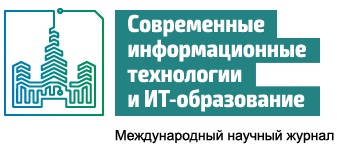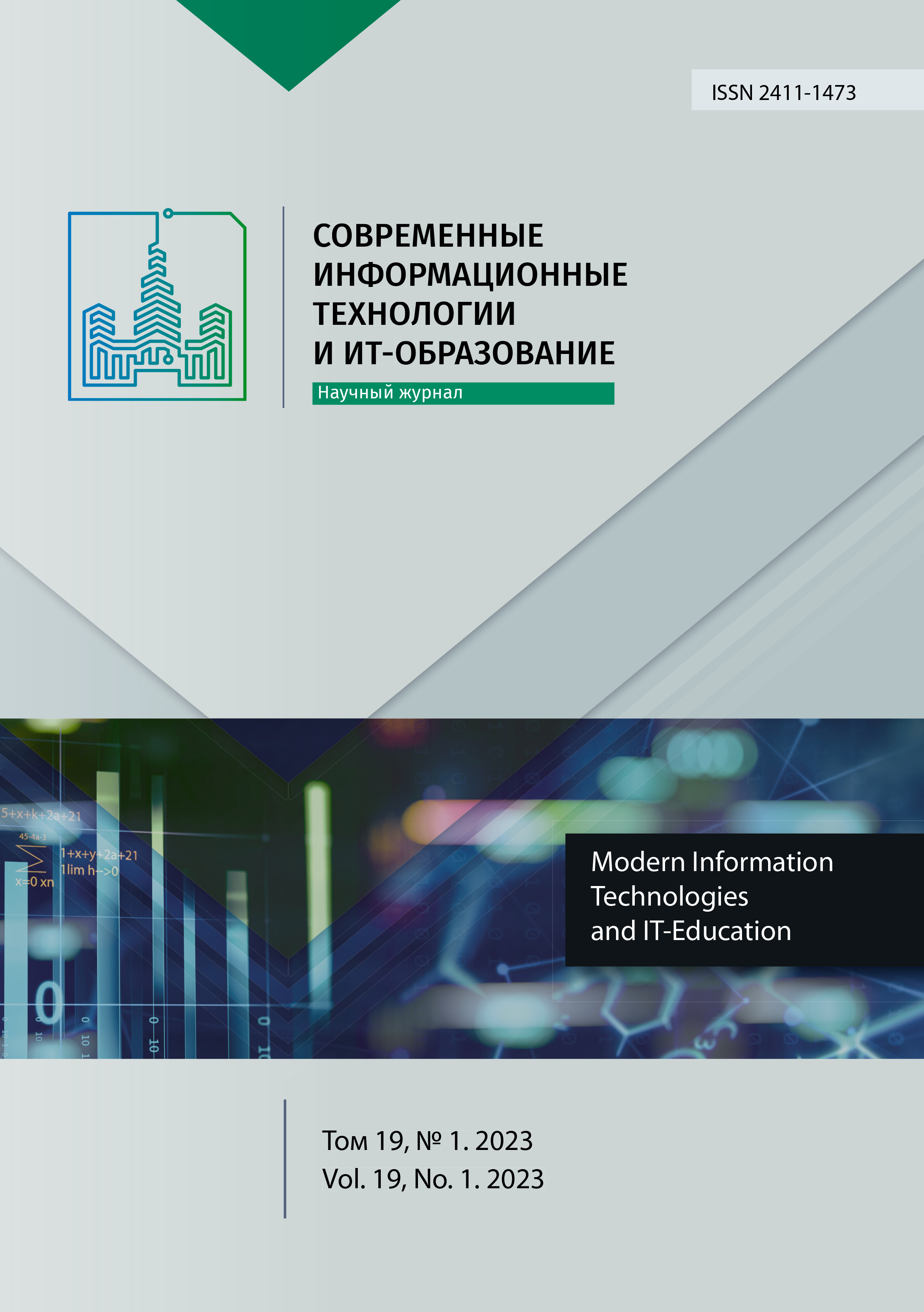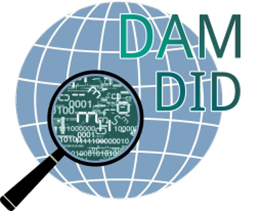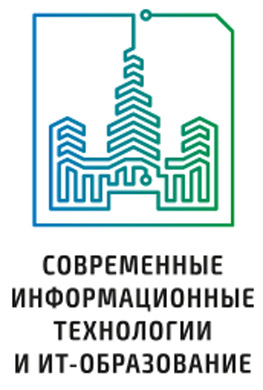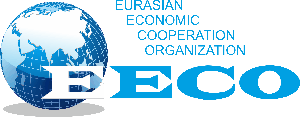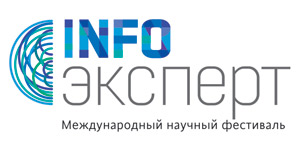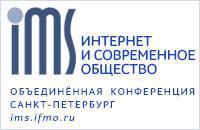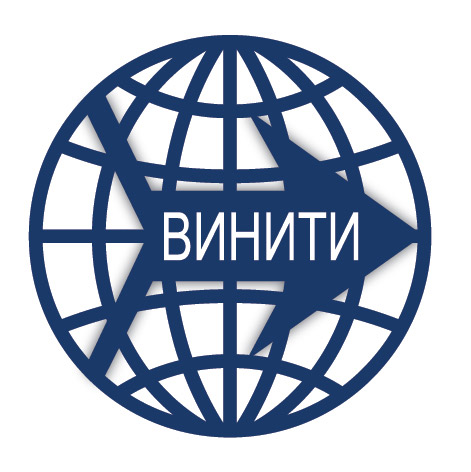Применение программно-аппаратной платформы Alterozoom в образовании
Аннотация
Статья посвящена описанию использования программно-аппаратного комплекса Alterozoom в образовательном процессе. Программно-аппаратный комплекс Alterozoom строится как система взаимодействующих через облачный сервис персональных информационных систем. Персональные информационные системы – это набор инструментов, позволяющих пользователю организовывать личное информационное пространство, в которое наряду с мультимедийными документами, организованными в базы знаний, документами входят интерфейсы умных вещей, объединяемых в сложные персональные системы интернета вещей. Персональные информационные системы могут использоваться для образовательных целей в виде персональных образовательных сред, в которых в интегрированном виде содержаться как виртуальные объекты (документы пользователя), так и образы реальных объектов. Интеграция виртуальных и реальных объектов позволяет организовывать образовательные материалы, дающие наглядное (интерактивное) представление об изучаемых предметах естественно научного цикла в связке с изучением информационных технологий, делающих возможными содержательное представление о объектах и процессах реального мира.
Литература
2. Attwell G., Bimrose J., Brown A., Barnes S.-A. Maturing Learning: Mash up Personal Learning Environments. CEUR Workshop Proceedings. 2008;388:78-86. Available at: https://ceur-ws.org/Vol-388/attwell.pdf (accessed 23.11.2022).
3. Barrett H.C., Garrett, N. Online personal learning environments: structuring electronic portfolios for lifelong and life‐wide learning. On the Horizon. 2009;17(2):142-152. https://doi.org/10.1108/10748120910965511
4. Chatti M., Jarke M., Wang Z., Specht M. SMashup Personal Learning Environments. CEUR Workshop Proceedings. 2009;506:6-14. Available at: https://ceur-ws.org/Vol-506/chatti.pdf (accessed 23.11.2022).
5. Elfeky A.I.M. The effect of personal learning environments on participants higher order thinking skills and satisfaction. Innovations in Education and Teaching International. 2019;56(4):505-516. https://doi.org/10.1080/14703297.2018.1534601
6. Emurian H.H., Holden H.K., Abarbanel R.A. Managing programmed instruction and collaborative peer tutoring in the classroom: Applications in teaching JavaTM. Computers in Human Behavior. 2008;24(2):576-614. https://doi.org/10.1016/j.chb.2007.02.007
7. Nelkner T., Reinhardt W., Attwell G. Concept of a Tool Wrapper Infrastructure for Supporting Services in a PLE. CEUR Workshop Proceedings. 2008;383:1-10. Available at: http://ftp.informatik.rwth-aachen.de/Publications/CEUR-WS/Vol-383/leb08_nelkner.pdf (accessed 23.11.2022).
8. Torres Kompen R., Edirisingha P., Canaleta X., Alsina M., Monguet J.M. Personal learning Environments based on Web 2.0 services in higher education. Telematics and Informatics. 2019;38:194-206. https://doi.org/10.1016/j.tele.2018.10.003
9. Rahimi E., van den Berg J., Veen E. Facilitating student-driven constructing of learning environments using Web 2.0 personal learning environments. Computers & Education. 2015;81:235-246. https://doi.org/10.1016/j.compedu.2014.10.012
10. Şendurur E., Şendurur P. Design and Development of Hybrid Instructional Materials: A Theoretical Framework. In: Queirós R. (ed.) Fostering Pedagogy Through Micro and Adaptive Learning in Higher Education: Trends, Tools, and Applications. Hershey, PA: IGI Global, 2023. p. 30-58. https://doi.org/10.4018/978-1-6684-8656-6.ch002
11. Leone S. Characterisation of a personal learning environment as a lifelong learning tool. New York: Springer Publishing Company; 2013. 88 p. https://doi.org/10.1007/978-1-4614-6274-3
12. Elsafi A. Formal and Informal Learning Using Mobile Technology. In: Yu S., Ally M., Tsinakos A. (eds.) Mobile and Ubiquitous Learning. Perspectives on Rethinking and Reforming Education. Singapore: Springer; 2018. p. 177-189. https://doi.org/10.1007/978-981-10-6144-8_11
13. Subbarao V., Srinivas K., Pavithr R.S. A survey on internet of things based smart, digital green and intelligent campus. In: 2019 4th International Conference on Internet of Things: Smart Innovation and Usages (IoT-SIU). Ghaziabad, India: IEEE Computer Society; 2019. p. 1-6. https://doi.org/10.1109/IoT-SIU.2019.8777476
14. Ciolacu M.I., Binder L., Svasta P., Tache I., Stoichescu D. Education 4.0 Jump to Innovation with IoT in Higher Education. In: 2019 IEEE 25th International Symposium for Design and Technology in Electronic Packaging (SIITME). Cluj-Napoca, Romania: IEEE Computer Society; 2019. p. 135-141. https://doi.org/10.1109/SIITME47687.2019.8990825
15. Jaklič A. IoT as an Introduction to Computer Science and Engineering: A Case for NodeMCU in STEM-C Education. In: 2020 IEEE Global Engineering Education Conference (EDUCON). Porto, Portugal: IEEE Computer Society; 2020. p. 91-95. https://doi.org/10.1109/EDUCON45650.2020.9125356
16. Jaklié A. Educating the Educators for Introducing Internet of Things to Primary and Secondary Schools Curriculums. In: 2020 43rd International Convention on Information, Communication and Electronic Technology (MIPRO). Opatija, Croatia: IEEE Computer Society; 2020. p. 632-635. https://doi.org/10.23919/MIPRO48935.2020.9245223
17. Felicia A., Wong W.K., Loh W.N., Juwono F.H. Increasing Role of IoT in Education Sector: A Review of Internet of Educational Things (IoEdT). In: 2021 International Conference on Green Energy, Computing and Sustainable Technology (GECOST). Miri, Malaysia: IEEE Computer Society; 2021. p. 1-6. https://doi.org/10.1109/GECOST52368.2021.9538781
18. Santos M., Carlos V. Smart School Lab and Participatory Citizenship: The potential of the Internet of Things. In: 2020 15th Iberian Conference on Information Systems and Technologies (CISTI). Seville, Spain: IEEE Computer Society; 2020. p. 1-5. https://doi.org/10.23919/CISTI49556.2020.9140860
19. Willyarto M.N., Yunus U., Reksodipuro A.S., Liawatimena S. Comparison Road Safety Education with and without IoT to Develop Perceptual Motor Skills in Early Childhood Children Aged 4-5. In: 2019 International Conference of Artificial Intelligence and Information Technology (ICAIIT). Yogyakarta, Indonesia: IEEE Computer Society; 2019. p. 511-516. https://doi.org/10.1109/ICAIIT.2019.8834486
20. Ota K., Nakajima T., Suda H. A Short-Term Course of STEAM Education through IoT Exercises for High School Students. In: 2020 IEEE 44th Annual Computers, Software, and Applications Conference (COMPSAC). Madrid, Spain: IEEE Computer Society; 2020. p. 153-157. https://doi.org/10.1109/COMPSAC48688.2020.00028
21. Haroon A., Ali Shah M., Asim Y., Naeem W., Kamran M., Javaid Q. Constraints in the IoT: The World in 2020 and Beyond. International Journal of Advanced Computer Science and Applications. 2016;7(11):252-271. http://dx.doi.org/10.14569/IJACSA.2016.071133
22. Mkrttchian V., et al. Big Data and Internet of Things (IoT) Technologies' Influence on Higher Education: Current State and Future Prospects. International Journal of Web-Based Learning and Teaching Technologies. 2021;16(5):137-157. https://doi.org/10.4018/IJWLTT.20210901.oa8
23. Jaya M., Tong G., Razak M., Zabidi A., Hisham S. Geofence Alerts Application With GPS Tracking For Children Monitoring (CTS). In: 2021 International Conference on Software Engineering & Computer Systems and 4th International Conference on Computational Science and Information Management (ICSECS-ICOCSIM). Pekan, Malaysia: IEEE Computer Society; 2021. p. 222-226. https://doi.org/10.1109/ICSECS52883.2021.00047
24. Luo H., Wang C., Luo H., Zhang F., Lin F., Xu G. G2F: A Secure User Authentication for Rapid Smart Home IoT Management. IEEE Internet of Things Journal. 2021;8(13):10884-10895. https://doi.org/10.1109/JIOT.2021.3050710
25. Choi W., Kim J., Lee S.E., Park E. Smart home and internet of things: A bibliometric study. Journal of Cleaner Production. 2021;301:126908. https://doi.org/10.1016/j.jclepro.2021.126908

Это произведение доступно по лицензии Creative Commons «Attribution» («Атрибуция») 4.0 Всемирная.
Редакционная политика журнала основывается на традиционных этических принципах российской научной периодики и строится с учетом этических норм работы редакторов и издателей, закрепленных в Кодексе поведения и руководящих принципах наилучшей практики для редактора журнала (Code of Conduct and Best Practice Guidelines for Journal Editors) и Кодексе поведения для издателя журнала (Code of Conduct for Journal Publishers), разработанных Комитетом по публикационной этике - Committee on Publication Ethics (COPE). В процессе издательской деятельности редколлегия журнала руководствуется международными правилами охраны авторского права, нормами действующего законодательства РФ, международными издательскими стандартами и обязательной ссылке на первоисточник.
Журнал позволяет авторам сохранять авторское право без ограничений. Журнал позволяет авторам сохранить права на публикацию без ограничений.
Издательская политика в области авторского права и архивирования определяются «зеленым цветом» в базе данных SHERPA/RoMEO.
Все статьи распространяются на условиях лицензии Creative Commons «Attribution» («Атрибуция») 4.0 Всемирная, которая позволяет другим использовать, распространять, дополнять эту работу с обязательной ссылкой на оригинальную работу и публикацию в этом журналe.
